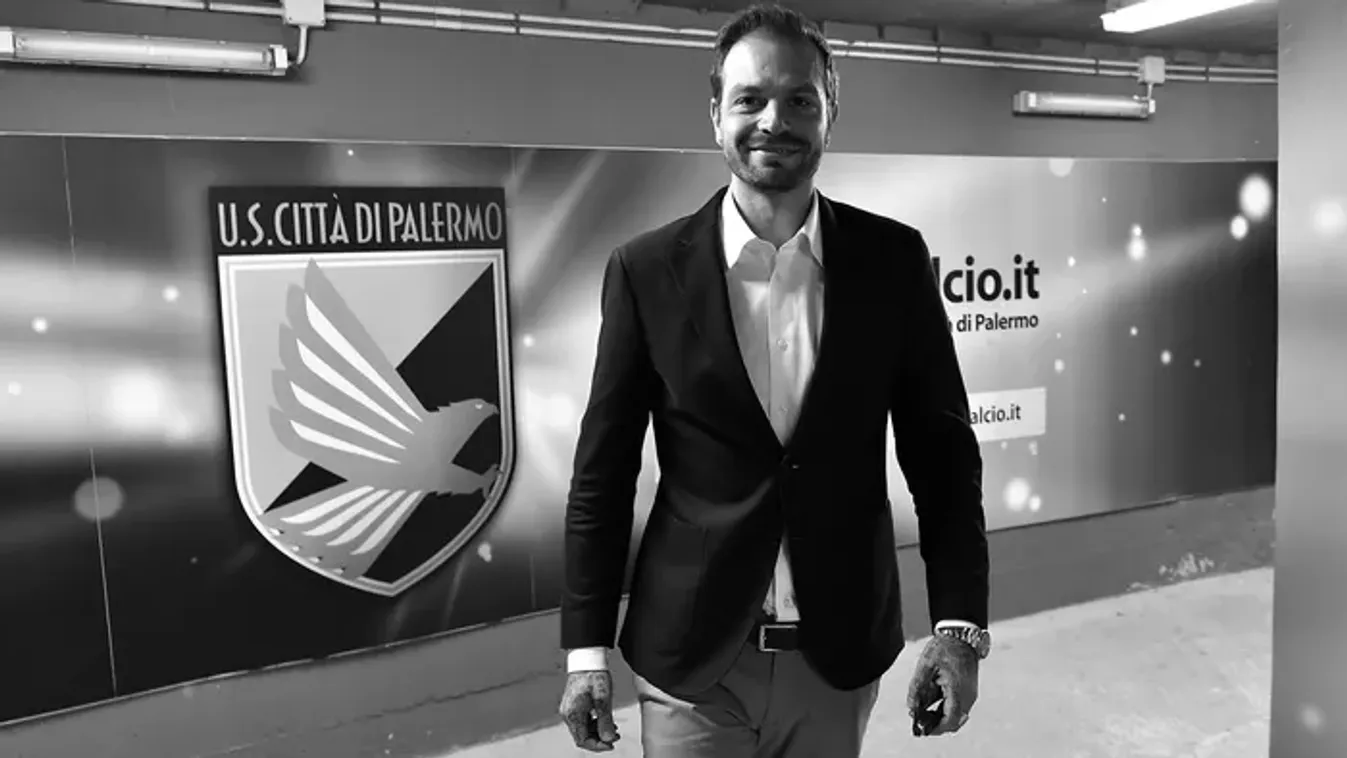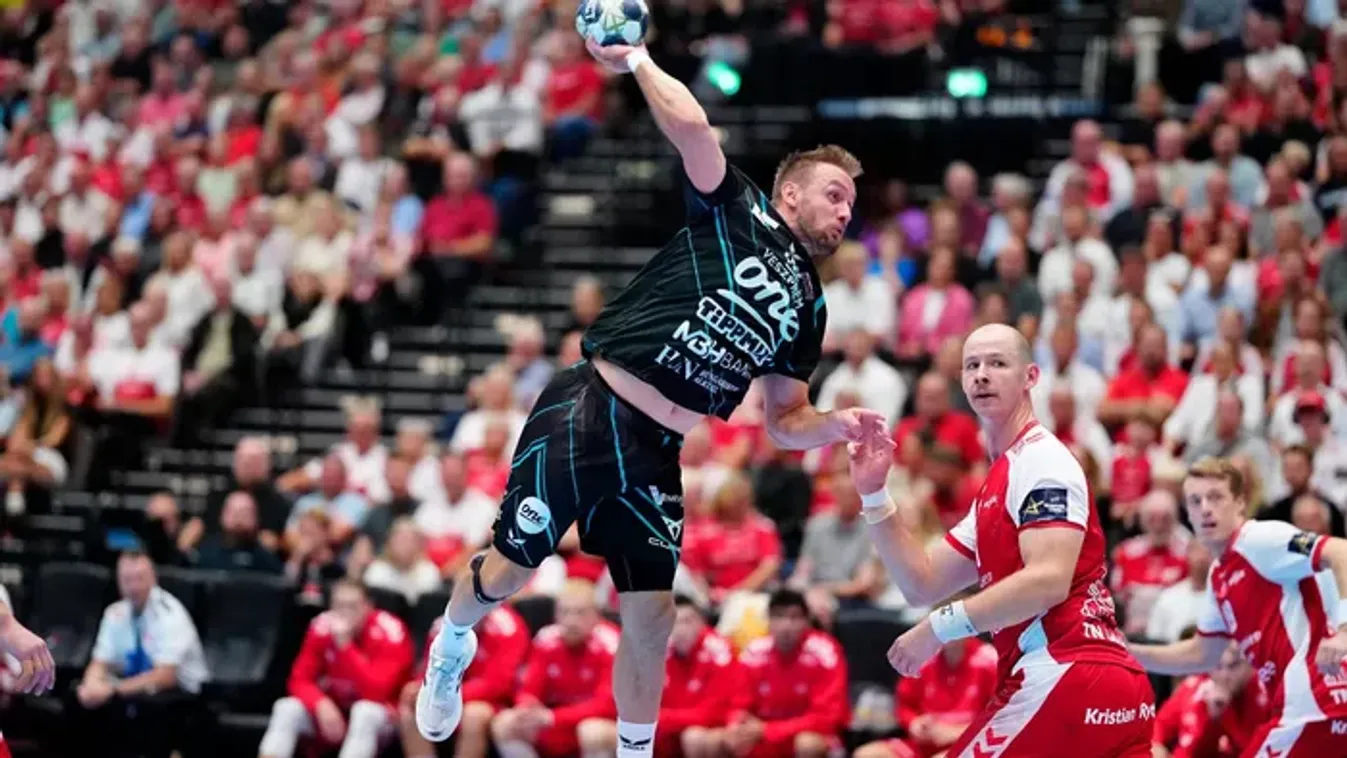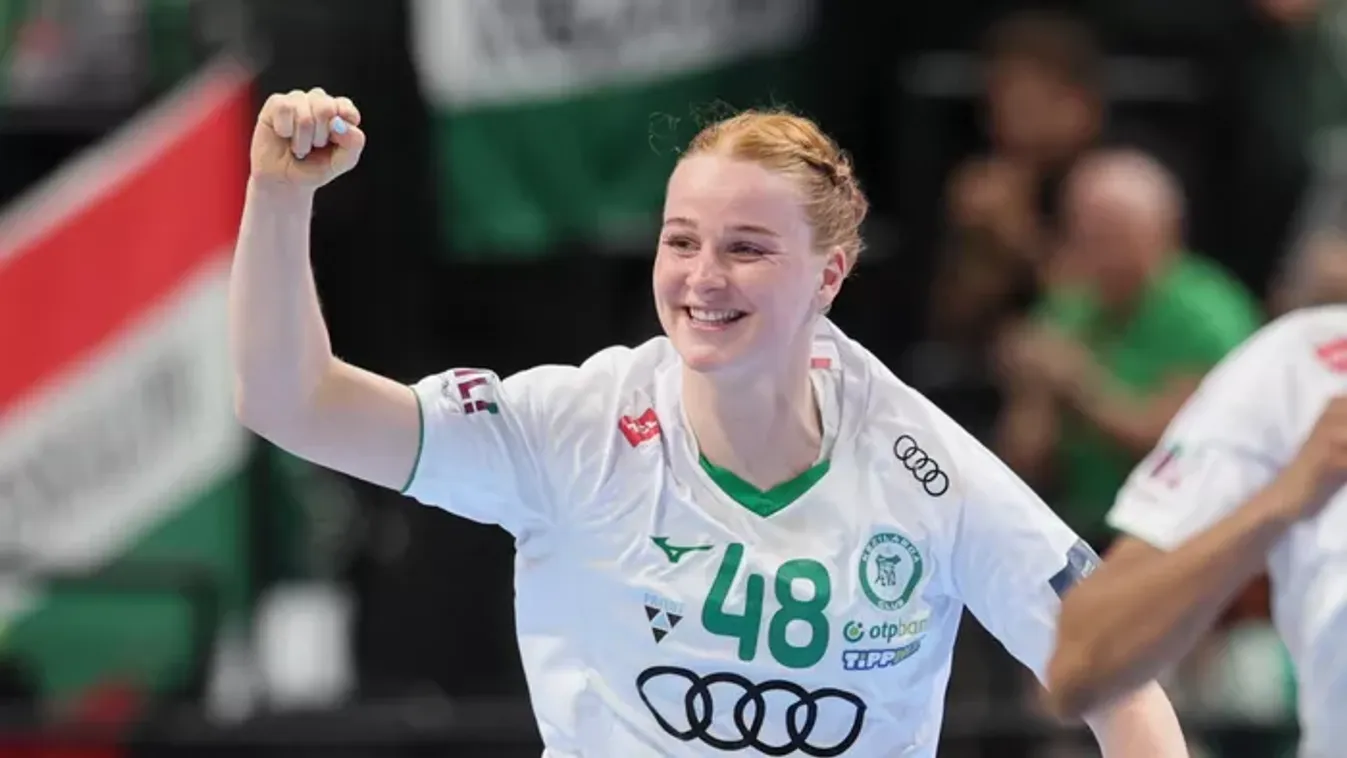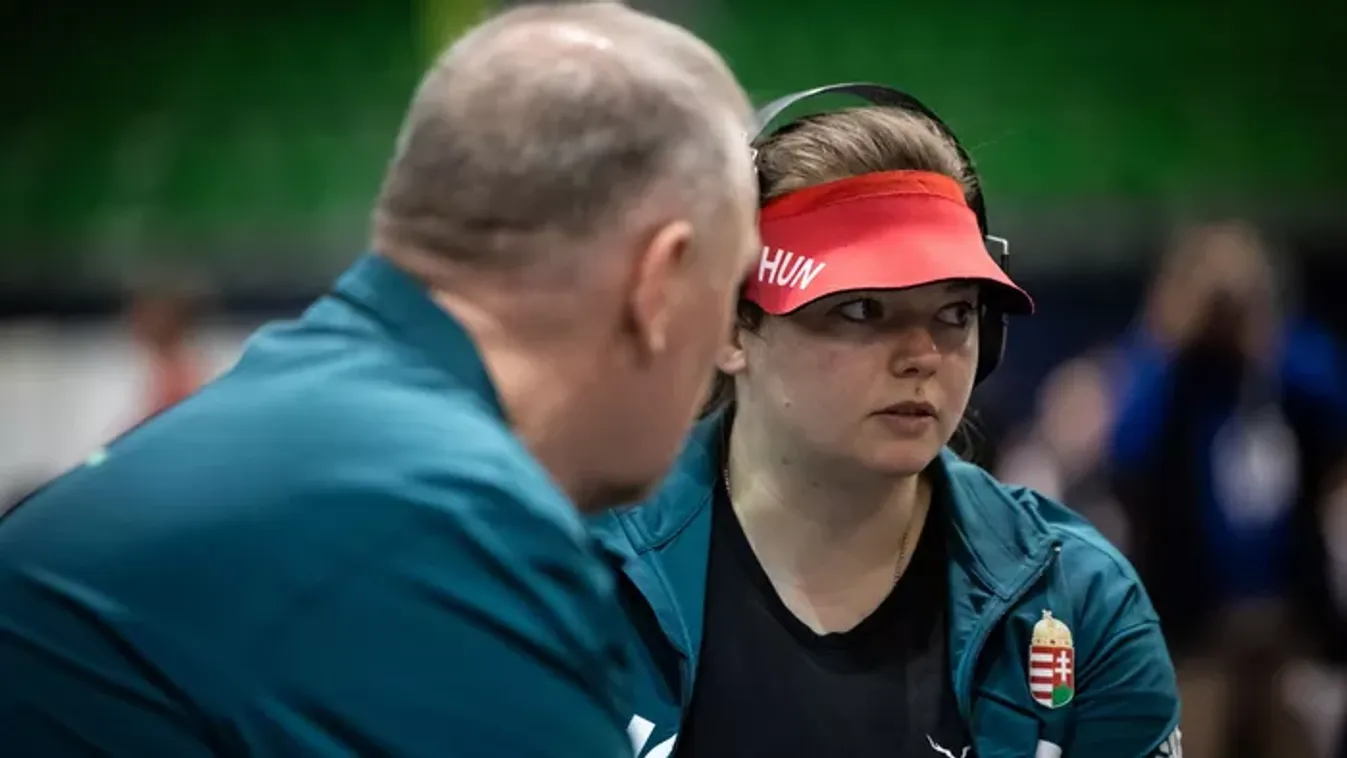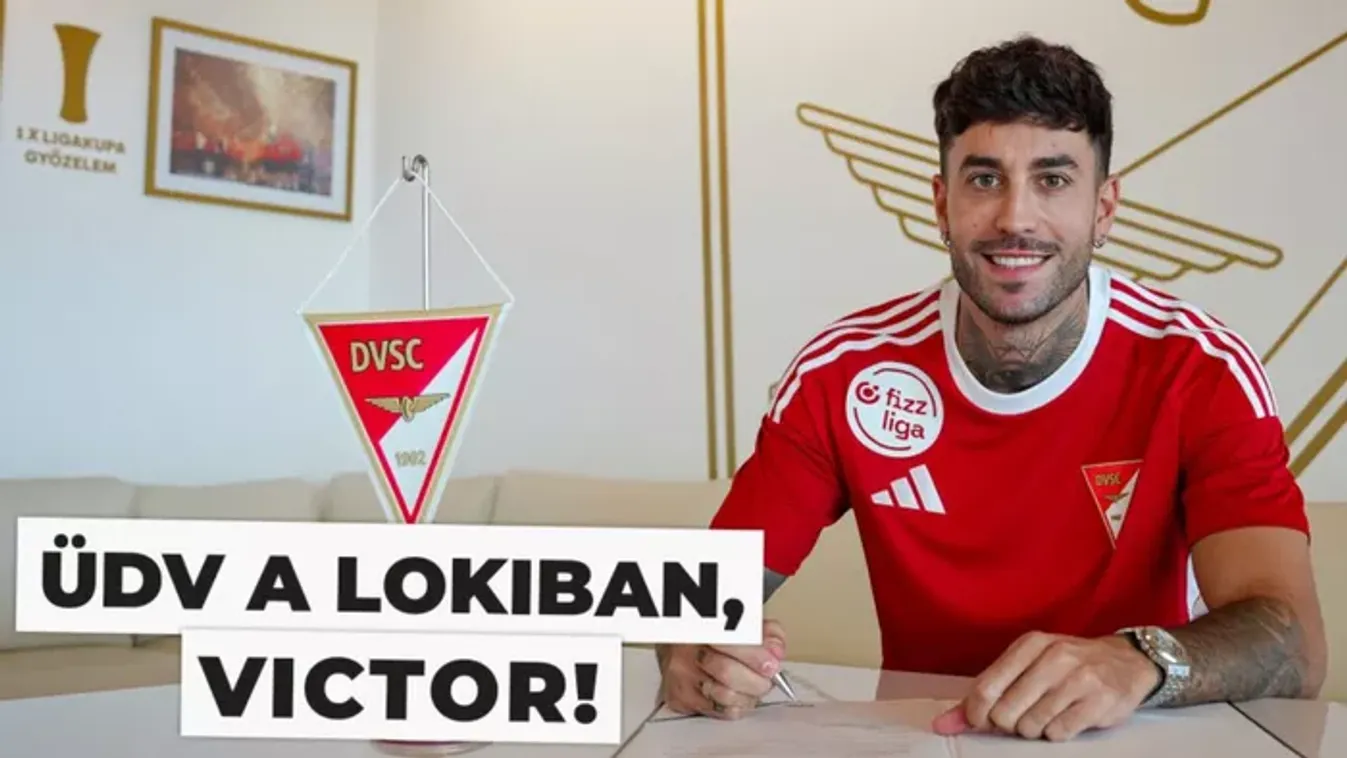Football reform: bigger goalposts, fewer players, shorter matches!

We are living in an age of impatient consumers: there is demand for a condensed, spectacular, easy-to-accept entertainment product in sports. We have long seen that, based on their well-understood market interests, football decision-makers are also trying to meet the requirements of modern times. In mid-July, several major media outlets, including Spain's Marca, El Mundo Deportivo, and ESPN of the United States, reported that the International Football Association (FIFA) had tried five possible rule changes (see the framed textbox) at the Future of Football Cup international youth tournament involving clubs PSV, AZ Alkmaar, Leipzig, and FC Bruges. Although the international federation this time rejected the reform plans that had actually been tried at that Football Cup in a communication – clarifying that the rule-making body IFAB is also “innocent” of the experiment – a few years ago it reported similar tests on its website, and it is no secret that changing the rules is a constant task and responsibility of the competent authorities. IFAB, independent of FIFA, is entitled to change the rules. As a result of the inherited game's governance from the 19th Century, the island nations, the English, Scottish, Welsh, and Northern Irish football federations have one vote each, FIFA has four votes, and the change requires six votes. So, it's not a certain mission yet, but it may make sense to play with the idea of what would happen if...
... for example, as seen in the trial matches in July, corner kick would replace the throw-in, as it was tried in Hungary in the 1993 Ferencváros-Honvéd (2-1) Super Cup match at Népstadion (it is worth checking out the match summary available on the Internet). The possibility of the change has long been on the table. João Havelange, president of FIFA (1974-1998), proposed to Népsport's journalist in Budapest in October 1974, the year of his inauguration: "At an international youth tournament, the replacement of throw in with kicks is tried in practice as well, and free kicks are carried out without a defensive wall. For professionals, it is hardly necessary to detail the advantages of the two changes. The third change is in favor of the spectators as the enlargement of the goalpost is on the agenda to increase the number of goals. Goalposts are planned to be taller by the size of a ball, and wider by the size of a ball and a half – which will benefit the technical Hungarian football as well..."
Maybe this is where Hungarian football missed its last chance... Yet the plan to enlarge the goalposts has also been brought up by Havelange's successor, Joseph Blatter. He received plenty of criticism as was evident from the 1996 conversation with the FIFA Secretary General – not to mention the friendly interview published in Nemzeti Sport by none other than György Szepesi, a longtime acquaintance of the Swiss sports director.
“– Are you torturing me with this as well? I made a despicable comment: see if we could score more goals if we enlarged the goalpost. And here we go, this comment has made been into a flood of press commentary.
– What can I say? They didn't write much good about your idea.
– Because they took the idea for granted, practically as a decided rule change. Even though rule changes do not pass FIFA so easily.
– But to comfort you, even though you don't need it, there have been good changes in recent years.
– Many experimentations preceded them. Oh, but how many people criticized the back pass rule change in the early stages. And today, the feedback is great. The harsh interception of the ball from behind has been referred to by many as the death of football, but today it is being talked about as a lifebuoy of clean play. The introduction of passive offside has caused more problems. Assistant referees still need a lot of practice to make this positive decision a habit, which also benefits football.
– What's the rumor about kick-ins instead of throw-ins?
– The case is developing, but more experiments are needed. Innovation was never a FIFA "patent" for the sake of innovation only. Let's wait and see when the tests are over, so we don't make a hasty decision."
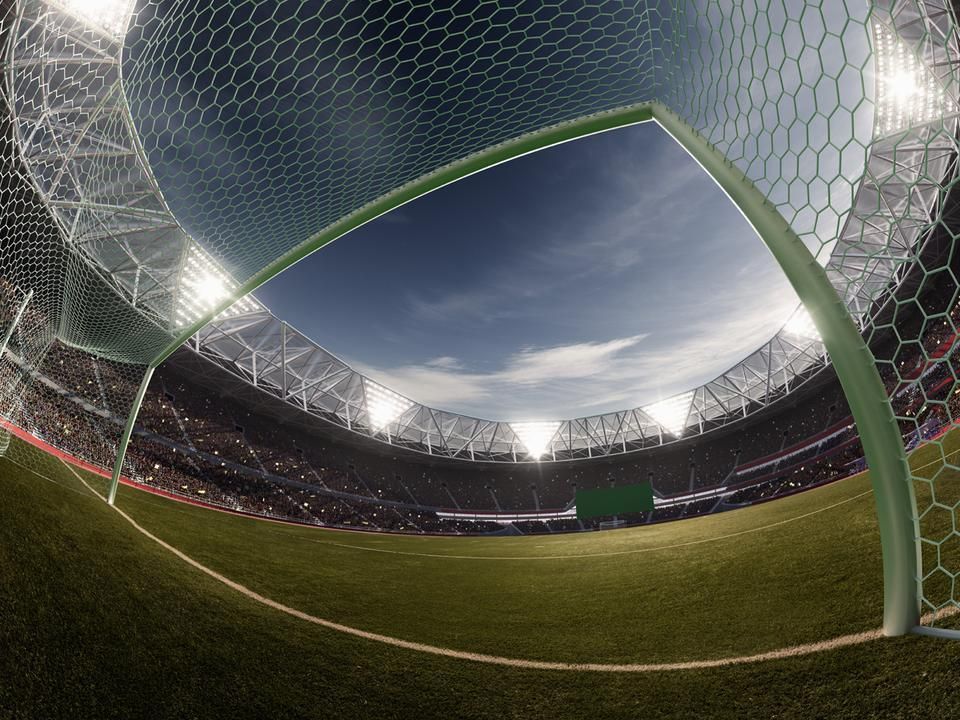
Interestingly, the renowned radio reporter and former Hungarian Football Federation president referred to Blatter's dream of enlarging the goalpost long before, in a 1991 Nemzeti Sport article. He explained his own reform plan, which is just as surprising. "I have my own opinion on reducing the number of field players. I've also talked to Mr. Blatter about it. His view is that players need not just more territory because there are concerns that the game will be even more defensive, there will be more defensive players and there will be one striker left. However, the practice shows otherwise. Ten players are better at the game, even against 11. My argument is that human performance is multiplied in other sports, so it should be used better in football as well."
In addition to Szepesi, among the great figures of Hungarian football history, three-time champion coach of MTK and former head coach, Márton Bukovi, expressed a very polarized opinion on the subject in 1967. "Making goalposts bigger, eliminating offside and other things like that – I don't want to offend anyone, but this is a little ridiculous! I'd be in one change, though. To kick the sideline throw... A lot of people don't remember that, but we used to do it that way. And it was more dangerous!"
Needless to say, the original goalpost size, offside and throw-ins, and of course, the constant arguments over the rules, have remained the same ever since. In the early 1980s, for example, Fernand Sastre, president of the French Football Association, explained his proposals, which were to be considered in the columns of the Football magazine.
"If I were a member of the International Board and could decide, I would propose two changes. First of all, I would introduce a temporary exclusion for 5 minutes. I am convinced that there should be some kind of disciplinary opportunity between the yellow and the red card for unsportsmanlike behavior that is more serious than being properly punished with a yellow card, but not one that requires the final exclusion to be applied. It would also be easier for referees to play a role. The second change would be that after a free kick there would be no offside. This would eliminate the unfortunate situation that makes it almost impossible to comply with the 9-meter rule since the wall does not want to go back more than 4-5 meters, not even for yellow cards. In addition, the team at fault would not be able to gain an advantage in a close call thanks to the opponent who was on the offside, and would give advantage to the team that had obtained a free-kick."
We have reached the bloodiest battlefield of the rule wars, which is the dangerous land around the offside rule. The most mystical detail in the laws of football could be quoted in a series of wisdom, even though the question is simple. As our favorite football dictionary explains, "A player is on the offside when he is closer to the opponent's goal line than the ball and the opponent's penultimate player - except on the second Saturday of each month, when the penultimate player has to turn in the opposite direction to the direction of the ball. A player is not on the offside when 1) he is on his half of the pitch, 2) at least stands in line with the opponent's penultimate player, or 3) when the player, the opponent, and the referee form an obtuse triangle from the point of view of the imaginary assistant referee standing on the half-way line."
There's only one thing that's not clear: what would happen to us without offside? Ferenc Karinthy, the eminent writer born 100 years ago, knew the answer to this as well...
"The cunning, unsportsmanlike offside tactics, the 0-0s, the 1-0s, the 1-1s, the disappointingly boring pushing, and the messing around would be eliminated. Score between eight to ten goals a game; I confess that this is what I am particularly interested in when I am writing or reading. I am listening to the radio or watching television as a background effect, with half an ear and an eye, and I only become conscious of the unmistakable cheer, so to turn to it and watch the replay..."
The Hungarian author's late follower and comrade is Marco van Basten, former Dutch Ballon d'Or striker who has been saying for years – for quite some time as the FIFA official adviser – that the obstacle should be removed.
"I'm still surprised at the offside rule because I'm convinced it's not a good rule. At least we should try what the game would be like without it. Football is a wonderful game, but you can get more out of it. We should be working to make it even more exciting and spectacular. I do not doubt that teams will find a way to play without offside. If there's no offside, the backs will step back, but if they back off too much, the penalty area will be more open, and it'll be easier to get into scoring positions. If there is more space, the team that possesses the ball has more opportunities. Without offside, the game wouldn't lose anything from enjoying it, but we'd get rid of a lot of unnecessary problems, debates, and not least a bad rule.”
But we could never argue about abolishing the offside rule...
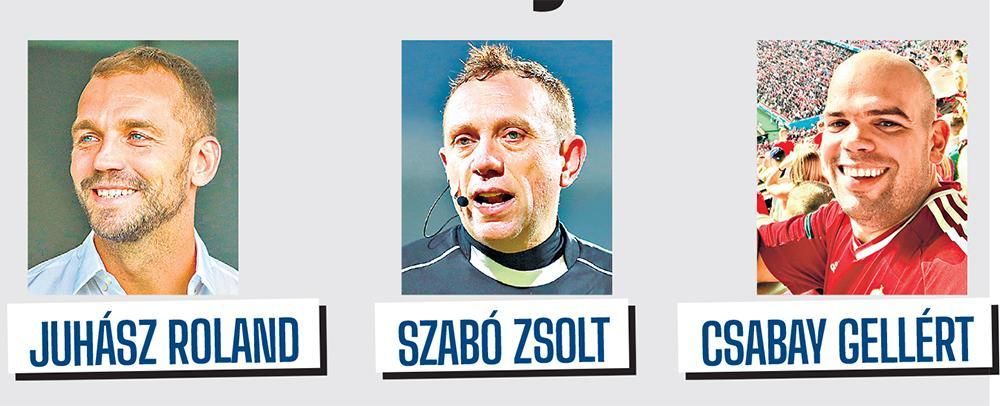
| We were curious about the opinions of the footballer, referee, and supporter regarding the recently tested rule changes. We asked Roland Juhász, the 95-time national team player who retired last year, former FIFA referee Zsolt Szabó, and Gellért Csabay, the Hungarian national team's regular supporter with a seasonal pass.
2x30 minutes of playtime with a stopped clock Explanation: the innovation would make the timewasting, the lying on the ground, the dead time before free kicks and goal kicks meaningless. Also, even if the extra time was lifted, the referee would not be able to arbitrarily manage the added time. Roland Juhász: "There are rules in football that I would not change in any way - this is one of them. The idea is wrong, even if I think the extra time of 10-11 minutes sometimes occurs due to VAR is an exaggeration."
Unlimited substitutions Explanation: due to the COVID pandemic and extra load, the number of substitutions was temporarily increased from three to five last year, and based on the feedback, the loosening of the rule worked. The players are fresher, the coaches have more opportunities for tactical change – the idea is that the limit can be completely eliminated. R. J.: "That might make sense. We see that the coach often times does not take advantage of all his substitutions in the current system, but at least the players on the bench can hope to step on the field any time."
Five-minute exclusion on a yellow card Explanation: the deterrent power of the yellow card would be increased by the temporary exclusion along with it. The proponents believe that if there is a greater threat, the game will be cleaner. R. J.: "It's a typical case of people wanting to use the customs of other sports in football. A yellow card is already a heavy enough penalty. The defender knows he's on the razor's edge afterward, he's got to be careful with the passes.”
Sideline kick instead of a throw-in Explanation: the reform would obviously help the attacking team, and would also force players to try to keep the ball in play and avoid clearing over the sideline. R. J.: "We know the method from children's games, and yet it would be strange to me. If we could choose, everyone would bring the ball into play with their feet after that, and that's a big advantage.” Zs. Sz.: "What can I say? Technically, I might add that it would give the team that made the kick too much of an advantage, and that would also require to rethink the offside rule since there is no offside during throw-ins."
At corners and sideline kicks, a footballer can bring himself into the game Explanation: Again, the goal is to help the attacking game. The team performing a corner kick or sideline kick can more easily get directly in front of the opponent's goal, and the defensive team must close another channel. R. J.: "I have to say that this is the funniest suggestion of all. Think about what it would look like if the player who performed the corner kick started moving with the ball. It would be very difficult to get used to." |
Translated by Vanda Orosz


